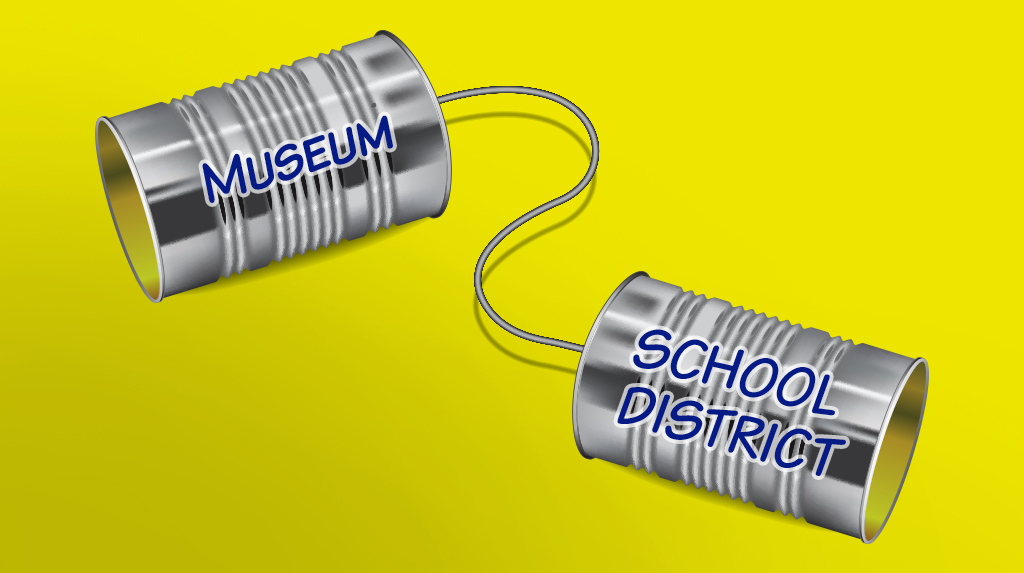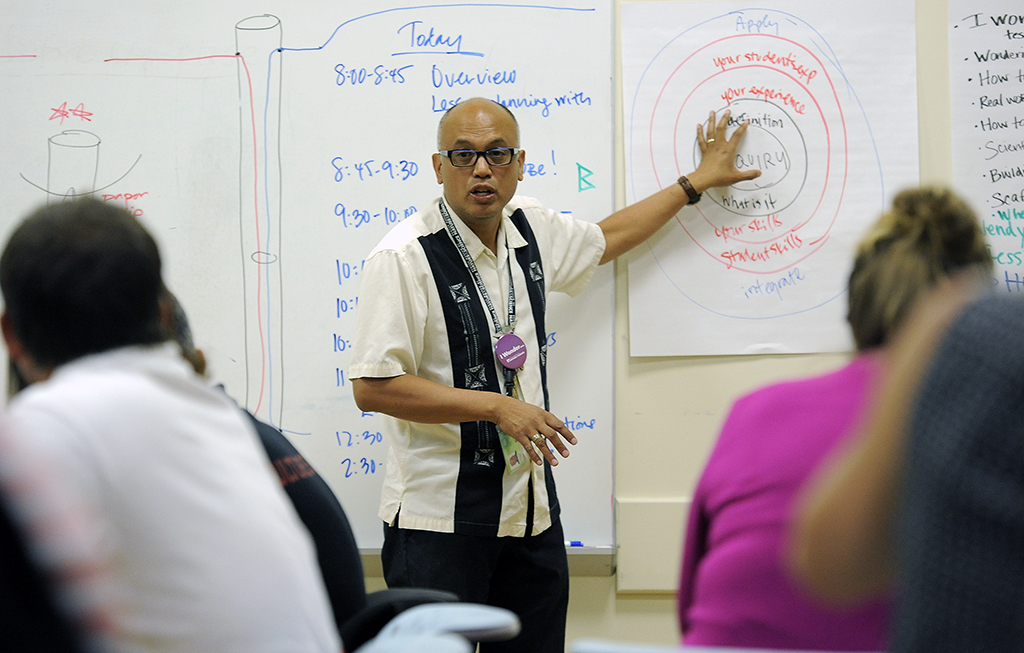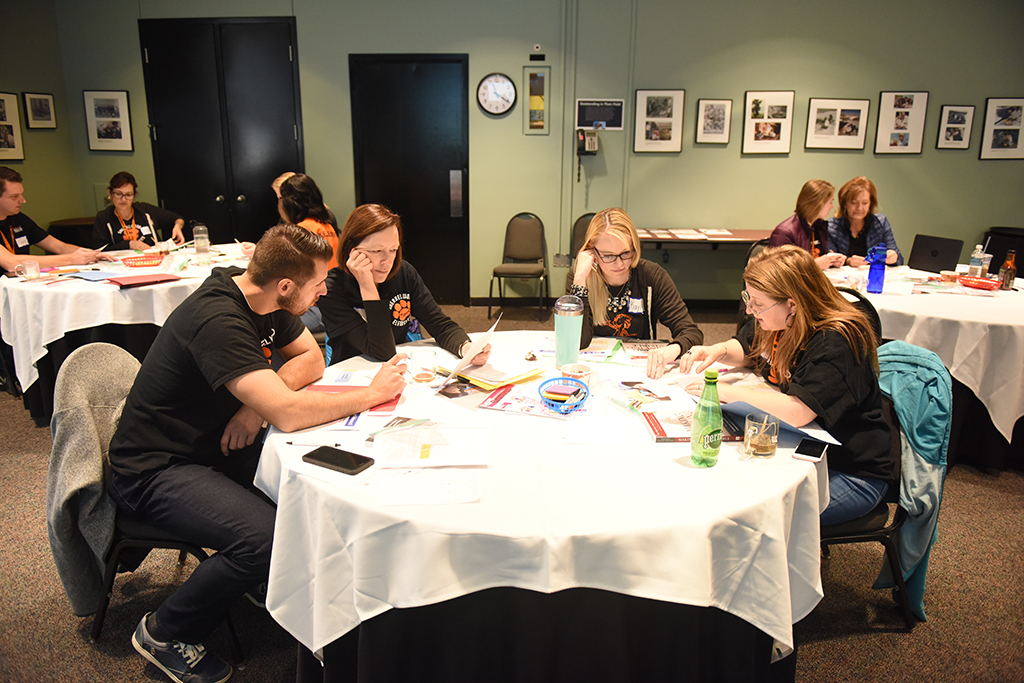Brief
Building Community With Educators

After a string of successes in our teacher professional development programs at the Denver Museum of Nature & Science (DMNS), I recently began to notice a disconcerting trend: Teachers stopped coming. Despite efforts to draw program participants, it became harder to convince individual teachers to sign up for course offerings. In talking to colleagues at other museums and science centers, I heard similar stories.
An article in Education Week notes similar patterns. It describes a national trend toward an increasing number of mandatory teacher training sessions on various nonacademic topics (Blad 2019). As one teacher stated in the article, “The opportunity to dig deep into topics of direct interest to me and my students gets curtailed when the statutory requirements become burdensome.”
Because more decisions about professional learning seem to be made at the district level, we at DMNS decided to shift our focus there. We reached out to district science coordinators using appreciative inquiry approaches to ask them about what they hoped and imagined for their teachers (Miller 2004).

Image courtesy Denver Museum of Nature & Science
As we listened, we paid close attention to potential partnerships, looking for people and districts that were easy to work with and interested in what the museum had to offer. This was a subtle but meaningful shift that afforded us time to really listen before making any suggestions or plans.
The feedback we received from these listening sessions helped strengthen our ability to provide effective professional learning and positioned us for longer-term projects and funding opportunities. For example, our partnership with Denver Public Schools, along with the Denver Zoo and Denver Botanic Gardens, has been sustained by a multiyear program funded by Carnegie Corporation of New York called Urban Advantage Denver (UA). The UA partnership forced us to dive deeper into Next Generation Science Standards (NGSS), benefiting all of the program partners with a shared vocabulary and understanding. This has been a boon for us as professional development providers, as Colorado begins implementation of new NGSS-based standards.
A partnership with another Denver metro area school district grew with an Institute of Museum and Library Services award (MA-10-16-0411-16). This collaboration uses a model in which all elementary students come on scheduled field trips to the museum while their teachers receive professional development. To build greater capacity, the grant included another local district with high needs, allowing us to serve over 500 teachers. Now that funding has ended, both districts have dedicated budgetary funds to continue teacher and student programming with the museum.

Image courtesy Denver Museum of Nature & Science
Like in any relationship, there is a risk of compromising too much. We have to keep in mind that, although we want to deepen our role with local school districts, we do not want to lose sight of who we are and what we have to offer. A common scenario we face is avoiding “scope creep.” Districts with the best intentions will come to the table with a large, often unrealistic checklist of needs at the risk of compromising the value of our offerings. Sometimes, we have had to draw the line, establishing boundaries on what we can offer or negotiating what is most important in an effort to maintain quality over quantity. Our value as an informal institution is that we can make learning fun with opportunities for wonder and curiosity, showcasing resources and expertise that schools cannot provide. We are well suited to explore phenomena and engage in science and engineering practices. However, at times we have struggled in the program development process when we have forgotten what our strengths are.
These collaborations have given us a framework for how to build better community partnerships based on professional relationships and trust. We try to keep this human-centered approach in all of our community work. Although we have had a great deal of success in finding funding and partners to support our work, there is still more that we can pursue. For example, we have yet to consider rural community partnerships and conduct listening tours with key players in those areas. The road forward requires some formal action, starting with getting to know the people and resources within those communities.
Robert Payo (Robert.Payo@dmns.org) is teacher programs coordinator at the Denver Museum of Nature and Science in Denver, Colorado.
citation: Payo, R. 2020. Building community with educators. Connected Science Learning 2 (1). https://www.nsta.org/connected-science-learning/connected-science-learning-january-march-2020/building-community
Professional Learning old Teacher Preparation


